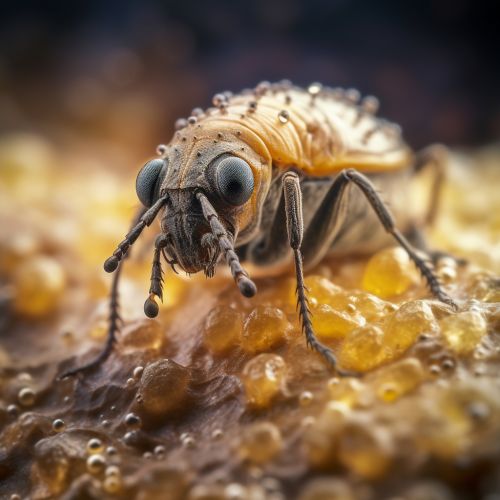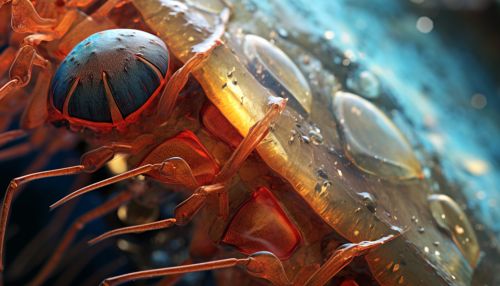Picoplankton
Introduction
Picoplankton are the smallest forms of plankton, typically measuring less than 2 micrometers in size. They are a significant part of the marine microbial loop, contributing to primary production and nutrient cycling in aquatic ecosystems. Picoplankton include both autotrophic and heterotrophic organisms.


Classification
Picoplankton are classified into three main groups: bacteria, archaea, and picoeukaryotes. Bacteria and archaea are prokaryotes, while picoeukaryotes are eukaryotes. Each of these groups plays a unique role in aquatic ecosystems.
Bacteria
Bacteria in the picoplankton size range include both cyanobacteria and heterotrophic bacteria. Cyanobacteria, also known as blue-green algae, are autotrophic, meaning they can produce their own food through photosynthesis. Heterotrophic bacteria, on the other hand, obtain their nutrients by consuming organic matter.
Archaea
Archaea are a group of prokaryotes that are distinct from bacteria. They are often found in extreme environments, but can also be a significant part of the picoplankton community in more typical aquatic environments. Like bacteria, they can be either autotrophic or heterotrophic.
Picoeukaryotes
Picoeukaryotes are eukaryotic organisms in the picoplankton size range. They include both autotrophic and heterotrophic organisms. Autotrophic picoeukaryotes are often photosynthetic, while heterotrophic picoeukaryotes consume other organisms or organic matter.
Ecological Role
Picoplankton play a crucial role in the marine microbial loop, contributing to primary production and nutrient cycling. They are a major source of organic matter in the ocean, which is then consumed by larger organisms.
Primary Production
Autotrophic picoplankton, such as cyanobacteria and photosynthetic picoeukaryotes, contribute to primary production through photosynthesis. They convert carbon dioxide into organic matter, providing a source of food for other organisms.
Nutrient Cycling
Both autotrophic and heterotrophic picoplankton play a role in nutrient cycling. They help to recycle nutrients in the water column, contributing to the overall productivity of the ecosystem.
Distribution and Abundance
Picoplankton are found in all types of aquatic environments, from freshwater to marine. Their abundance can vary greatly depending on factors such as nutrient availability, light conditions, and temperature.
Research and Study
Due to their small size, studying picoplankton can be challenging. However, advances in technology, such as flow cytometry and molecular biology techniques, have made it possible to better understand these tiny organisms.
